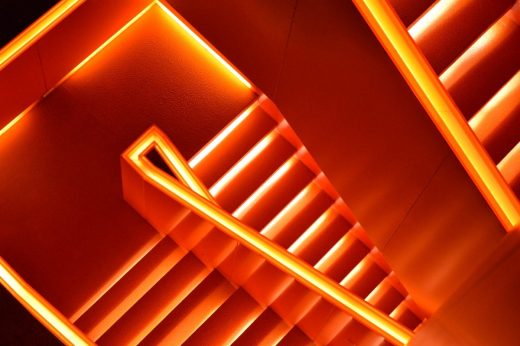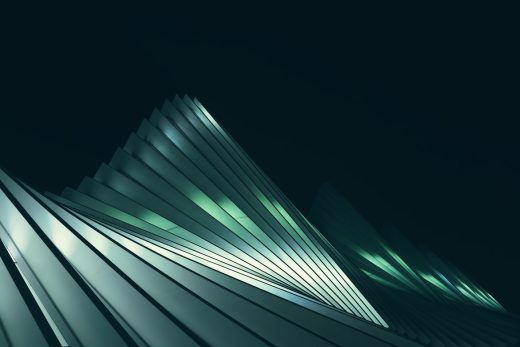Importance of light in architecture, Architectural design, Architects news
The Importance of light in architecture
post updated 24 March 2024
Light is one of the most important elements in architecture. Light influences everything from design to functionality, and can be more important than even color. Light has a huge impact on our moods, which is why it’s so important for architects to understand how light affects their designs.
– Light provides natural illumination that makes the building feel warm and inviting
– It also accentuates every aspect of the building – whether internally or externally
– Light can determine how functional spaces are by highlighting entrances, exits, stairways etc.
2 December 2021
Benefits of light in architecture
One of the best things about light is that it provides natural illumination. This makes the building feel warm and inviting, and can help to set the mood for the space. Natural light is also a great way to save on energy costs, as it doesn’t require any artificial lights to be turned on.
In the case of buildings with many functional spaces, light is essential in determining how those functions are laid out. Light can also be used to highlight certain features, such as entrances and exits, stairways, etc. Light can also highlight architectural details and bring a space to life. It’s an important element in design that should not be overlooked. Working with light in home design software is the best way to prevent any errors. For this, we would like to suggest
Live Home 3D. Not only is this program easy to use, but it also has powerful light editing capabilities that will let you design true-to-life lighting settings.
In addition to the benefits mentioned above, light can also create a sense of calm and openness in the space. This is especially important in areas where people will be spending a lot of time, such as hospitals and schools. A calm and relaxing environment can help to improve the moods of the people in those spaces.
Why artificial lighting is important in architecture
While natural light is the best form of lighting, it’s not always possible to have access to it. That’s where artificial lighting comes in. Artificial lights can be used to supplement natural light, or to provide light in spaces where there is no natural light.
There are a number of benefits to using artificial lights in architecture. First, artificial lights can be used to create specific moods in a space. For example, if you want a space to feel more energetic, you can use brighter lights. If you want a space to feel more calming, you can use softer lights.
Second, artificial lights can be used to improve the functionality of a space. For example, if you’re designing a kitchen, for instance, it might have bright lighting with specific safety features to ensure that people are not harmed by hot surfaces or sharp knives, while lowering lighting around the table to make it more romantic. Same goes to the living room, it might be designed with softer lighting to provide a more relaxing atmosphere.
Third, a lighting could be used to higlight objects of art which would create a balanced and finished masterpiece combining architecture and pictures, statues. Picture lights, for example could attract a focus of guests on different artworks or depending on lighting color it could help to emphasize the mood of the picture on to the room itself.
Lighting for residential spaces generally consists of Light Emitting Diodes or Light-emitting Diode Light Sources. LED Lighting within the home is generally used for safety reasons, as well as to control the mood of a given room.
However LED lighting needs to be carefully chosen for appropriate color temperature. The function of the space will determine what color temperature of light to choose. For example if you want relaxing and cozy, go for 2700K color temperature. If you need task lighting, even if only for a particular area, it should be 4000K or even higher to keep workers alert and to assure that task work spaces can be productive.
Some LED lights are tunable; this means that you can adjust their color temperature depending on how you want to use the room. These adjustable LED lights are more expensive; so if you have only plan a single use for a space it is more cost effective to choose a light that is dedicated to the light color temperature that you will need.
Commercial spaces often use Light Emitting Diodes or Light-emitting Diode Light Sources. This is because these types of LED light are great at highlighting architectural details of the building, bringing life to an otherwise bland space. Not only that, but they’re also cost effective and energy efficient. As lights are powered through electricity they should be installed by a qualified electrician, book an electrician who will perform an EICR and quote you for the installation of lights.
Conclusion
Light is one of the most important architectural features in a building. Not only does it provide natural illumination that makes the space feel warm and inviting but also accentuates every aspect of its design, whether internally or externally.
It can determine how functional spaces are by highlighting entrances, exits, stairways etc., making sure people don’t miss them while walking around inside or outside. Or, it could help to represent different artworks or pieces of modern art in a perfect spot. With this information you should be able to use light wisely when designing your own buildings!
Comments / photos for the Importance of light in architecture page welcome.


